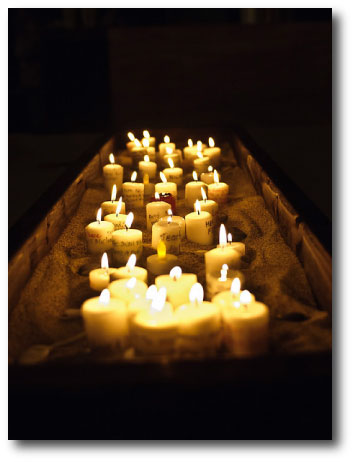I got an email newsletter the other day that really struck a chord with me. It’s about what I am always trying to share with you and with other photographers that I meet–and something that I struggle with in my own life and photographic pursuits. I’m passing this on in hopes that it will be meaningful and helpful.
This comes from one of my favorite photography bloggers, Scott Bourne, published on his blog Photofocus, July 20, 2013. Scott always speaks his mind. He’s honest and straightforward with his opinions and advice. I really appreciate that and I have gained so many wonderful insights about what a photographer is from him–beyond how or what a photographer does. I hope you’ll take the time to read his powerful message, “Why Do Photographers Fail?”
“I’ve been studying (almost from the standpoint of an anthropologist) why photographers fail. Why? Because I’ve dedicated the last 15 years of my life to helping photographers improve. But there are some who just can’t make the cut. And I wanted to know why.
While I am not in a position to write a white paper on the subject, I do have a few ideas that I’d like to share.
My empirical research leads me to believe that most photographers fail for one of these similar reasons.
1. They have very low self-esteem.
2. They lack confidence.
3. They focus on what they don’t have or what they don’t do well instead of what they do have and do well.
You can see these are all related. You see the evidence of them in things like a Nikon v. Canon discussion. The photographers who shoot Nikon are concerned by the photographers who shoot Canon because the fact that someone else picked another camera brand threatens the validation they need. Same thing happens with Canon shooters worrying about why someone else shoots Nikon.
Another thing I’ve noticed is the photographers who loudly demand “purity”. I made some flower photographs the other day. I did them in my studio so I could test a new light at the same time I was making the flower shots. The photographers who commented that I wasn’t a REAL flower photographer were those who demand purity. I should have made those shots outdoors they claimed. When you see or hear photographers attacking because you aren’t pure enough, then you have a sure sign of insecurity.
The film shooters went nuts when I said I preferred digital. They loudly proclaimed that REAL photographers use film and anyone who doesn’t can’t call what they do photography, etc., etc., etc. I could go on and on and on and on and on but you get the idea.
One of my core beliefs is that photographers who are more concerned about the process than the picture are failing. This concern over process is also a sign of someone who is insecure. Most of the people who do fail at photography fail because they used some sort of excuse to let themselves off the hook. But this again comes from a lack of confidence.
… where did those insecurities, low self-esteem and lack of confidence come from? …I am certain that “comparison” plays a major part in the creation of these problems.
Theodore Roosevelt once said that comparing your work, your life, or anything else will only steal your joy. Why? Because when you think about your situation, you have all the data on what you lack–all your ugly habits, your lack of knowledge, your lack of skill, your fear, etc. But when you compare against someone or something else you only see the good side of their work. You only see their best side. It’s like always seeing someone when they are youthful, well-kept, wearing their best clothes every day instead of seeing them by old and tired by the side of the road, on a hot day, when they are wearing jeans and covered with oil from fixing their car. You have an unrealistic view of the other person, but a realistic view of yourself. Or at least your opinion of a realistic view of yourself.
It makes no sense to hold yourself up against someone else’s definition of greatness. You should only judge yourself based on your own ideals and principles. Leave everything and everyone else out of it. It’s your life so live it. Nobody else can do that for you, nor can you live anyone else’s life. This is very important because otherwise you will be denied your joy.
….It’s been my experience that people who fail, or are unhappy, etc, are people who focus on their opinion of their circumstances, rather than their actual circumstances. There is a difference. Sometimes you can’t change your circumstances, but you can change your opinion. And you can start that process by today, this instant, making an agreement to stop comparing yourself, your photography, your camera gear, your life with others. Just do you. That’s the person we’ve been waiting to see behind the camera in the first place.
Comparison steals joy. Don’t let this happen to you.”
~~~~~~~~~~~~~~~
Scott’s words, I felt, were quite pertinent with other implications as well. So often we struggle with similar issues in our Christian lives—low self-esteem, lack of confidence and comparison. God wants us to focus on Him and through His working and leading in our lives we progress and develop with unique talents and abilities that will allow Him to work through us to bless others. Don’t compare yourself, your talents or abilities with others, just be you, and grow in your relationship with God in the way the He is leading you.
“Don’t copy the behavior and customs of this world, but let God transform you into a new person by changing the way you think. Then you will learn to know God’s will for you, which is good and pleasing and perfect.” –Romans 12:2 NLT









